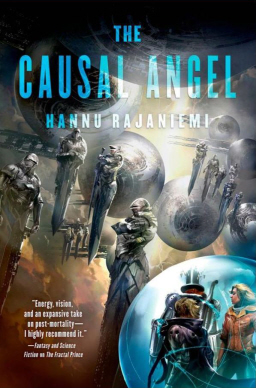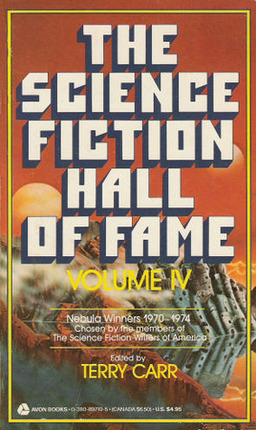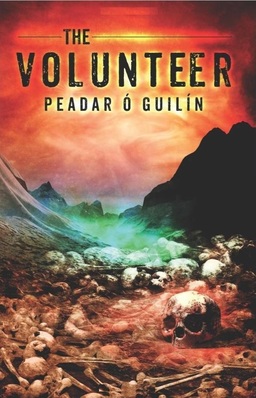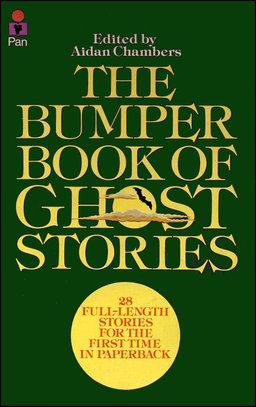Dungeons & Dragons Starter Set: A Forensic Analysis
 For the last two years, Wizards of the Coast has been getting feedback on their new “5th edition” set of rules from playtesters all across the world. July 15 marks the official release of the Dungeons & Dragons Starter Set, giving the world the first glimpse of the final version of these rules. Unfortunately, the D&D Starter Set provides only pregenerated characters with some advancement rules through level 5, and some basic mechanics, so it doesn’t consist of a full set of game mechanics or character creation rules.
For the last two years, Wizards of the Coast has been getting feedback on their new “5th edition” set of rules from playtesters all across the world. July 15 marks the official release of the Dungeons & Dragons Starter Set, giving the world the first glimpse of the final version of these rules. Unfortunately, the D&D Starter Set provides only pregenerated characters with some advancement rules through level 5, and some basic mechanics, so it doesn’t consist of a full set of game mechanics or character creation rules.
In other words, it’s not enough to give us a full idea of what the final rules for 5th edition will look like … but it does provide enough information to get some hints about how the upcoming edition of the game will be structured. In general, the goal seems to be to streamline the system, making it very accessible to new gamers, but still providing enough substance and versatility that more experienced gamers will find the system desirable. It’s a tough balancing act, but looking over the D&D Starter Set, I feel a growing sense of confidence that the new system will achieve these objectives.







